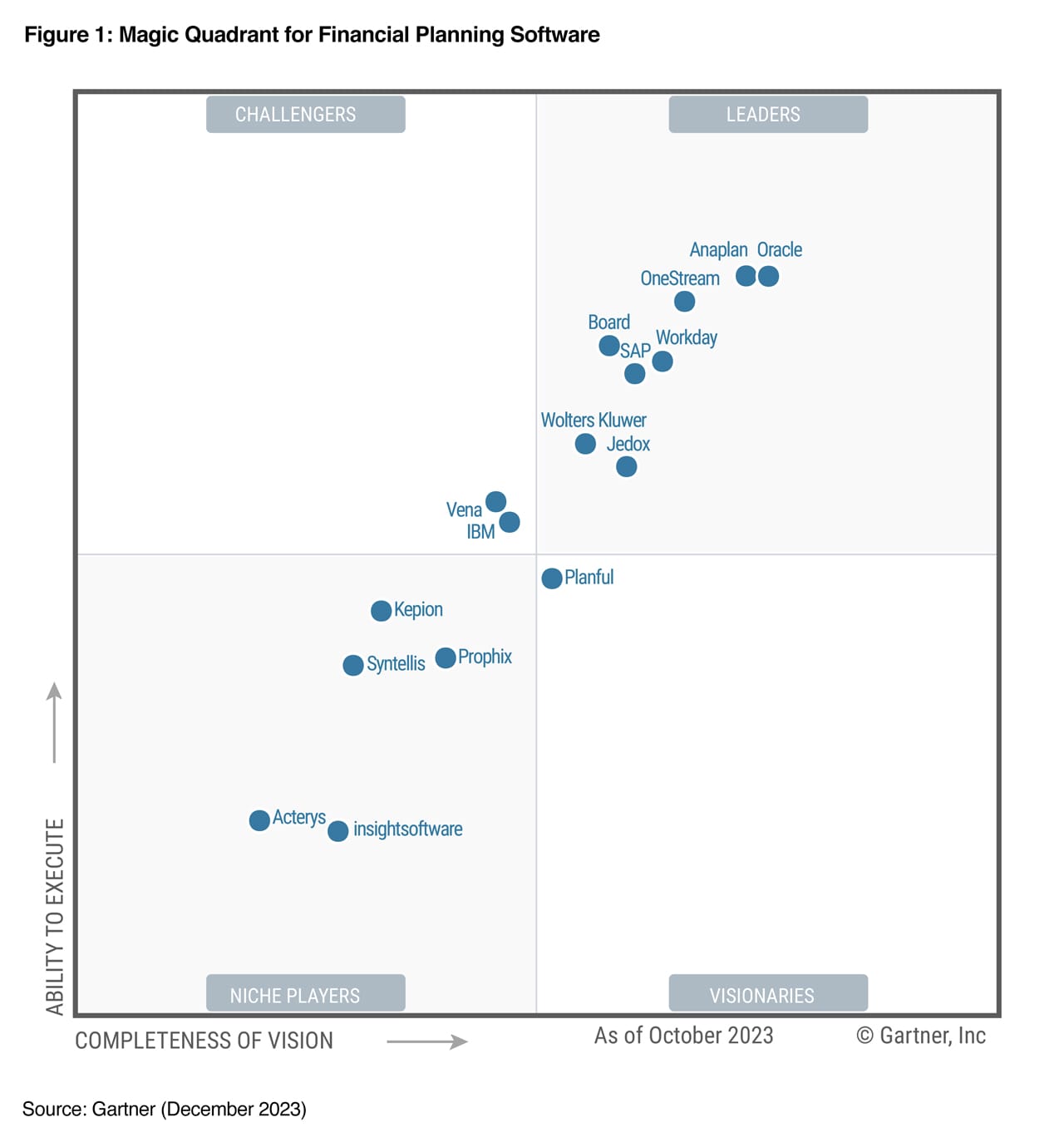Planning for growth

What reality and research say about achieving scalability, predictability, and transparency in the sales organization
A multitude of global events including the COVID-19 pandemic, inflation, economic headwinds, and geopolitical uncertainty have inspired sales leaders to recalibrate their approach to selling in an increasingly dynamic and demanding environment. Economic uncertainty is causing many organizations to re-evaluate budgets and reallocate resources as recession fears loom, therefore placing a greater onus on maximizing sales teams’ performance and finding high-performing sales talent.1 As a result, organizations are increasingly investing in automation technology as a tool to optimize for growth and maximize use of human capital.
The reality: 12 trends that cultivate a more adaptable and integrated sales organization
The sales organization is now laser-focused on targeting a hybridized, multichannel buyer in a digital-first, buyer-centric market. This shift in focus is not only here to stay; it is also bound to evolve due to drivers such as technology, macroeconomics, and workplace culture.
- Upskilling to build hybrid relationships
- Learning B2C tactics
- Capturing value from data
- Differentiating through value
- Sales and marketing partnership
- Collaborating through integrated business planning
- Adopting automation and artificial intelligence (AI)
- Engaging more educated buyers
- Combatting inflation with visibility
- Cultivating equity through transparency
- Assessing market expansion through a geopolitical lens
- Enabling decisiveness through simplified forecasting
The research: SPM view, use, and adoption
A 2022 market study by Dresner Advisory Services found that SPM is viewed as a “core competitive enterprise component of high relevance, especially in very large organizations.”2 To explore the Dresner research in detail, download the report.
Importance of SPM
Source: Dresner Advisory Services, 2022 Sales Performance Management Market Study, October 31, 2022
Use of SPM
Source: Dresner Advisory Services, 2022 Sales Performance Management Market Study, October 31, 2022
Journey to transformational growth through sales performance management (SPM)
As organizations mature and become more complex in their sales planning and processes, they seek a better way to integrate, view, and manage their sales operations to plan for the road ahead, and to attract and retain high-performing sales talent. Teams often operate in far-flung regions and markets, and run their own forecasts using regional variations and taxonomies, giving them little insight into their own objectives, progress, and compensation. In this environment, SPM can help sales leaders:
- Drive growth at scale
- Expedite time to value
- Attract and retain talent
- Win against competitors
- Provide transparency to all stakeholders
There are three key objectives to which sales organizations must aspire if they are determined to achieve transformational growth:
Scalability is “smart growth” as sales leaders place grounded, astute bets in areas – whether new territories, markets, or goods – where they believe they can quickly advance, expand, and flourish.
Predictability is the ability of organizations to consistently execute on that smart growth through insightful, repeatable, informed decisions.
Transparency is about providing the visibility that engenders confidence stakeholders need to understand the “why” and “how” a decision was reached.
Sales performance management is the connective tissue both within and beyond the sales organization. Designed to provide a single source of truth for every dimension of sales performance, it provides a foundation for developing and engendering decisiveness, confidence, and trust across an organization and, ultimately, helps stakeholders uncover what they didn’t know was possible.
References
1 The Brooks Group, Research: Current Sales Performance Challenges Faced by Industry Leaders
2 Dresner Advisory Services, 2022 Sales Performance Management Market Study, October 31, 2022, Copyright 2022 – Dresner Advisory Services

